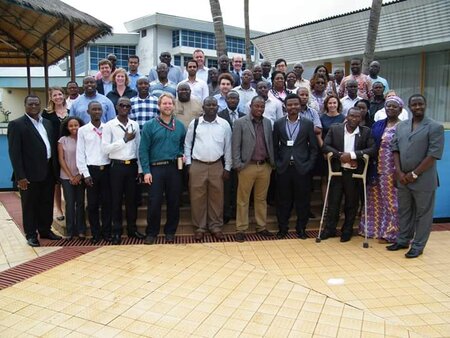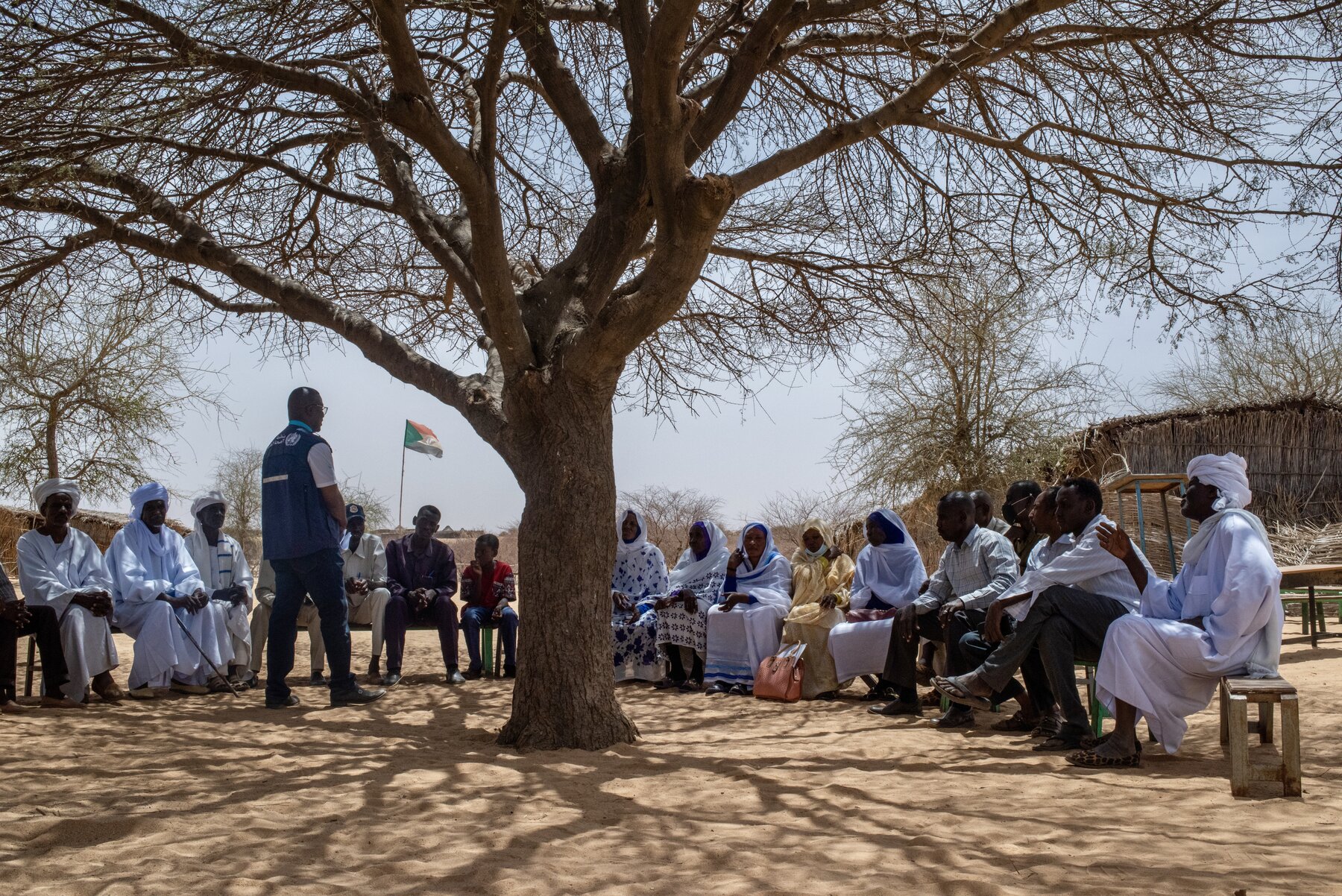Taming the Wild West of Digital Health Data: Linking Systems to Strengthen Global Health Outcomes
29 September 2016

By the Health Data Collaborative's Digital Health & Interoperability Working Group Co-Chairs
In the recent Ebola outbreak in West Africa, multiple disconnected health data systems posed a major challenge to containing the disease. Standalone digital systems were often found to be in place for critical data sets that needed to be interpreted together--such as those for contact tracing, case investigation, and lab results. Such silos became obstacles to better understanding and responding to the disease’s spread.
A period of exploratory investments in and piloting of digital health systems has succeeded in demonstrating that digital technologies (think mobile phone- and web-based tools) have the potential to improve health outcomes. To unlock the full value of digital technologies for strengthening global health outcomes, however, we must now connect vital health data systems to each other.
“Until now, data has been captured in a fragmented manner that impedes any decision-making or ability to have an accurate and reliable picture of what exactly is happening,” said Dr Sas Kargbo, director of the Department of Policy, Planning and Information at Sierra Leone’s health ministry. “Now, our vision is to have an integrated health information system, down to the community level, to improve the coverage, quality and reporting of service delivery.”[1]
Interoperability—or the exchange and use of data through linked data systems—will be a force-multiplier for global health. It is also a critical catalyst for graduating digital health ecosystems from pilots to platforms, and from silos to interconnected systems.
The Health Data Collaborative launched earlier this year with the goal of strengthening countries’ ability to deliver against, and monitor progress toward, the health-related Sustainable Development Goals. It does so through partners adopting a more harmonized approach to improving the availability, analysis, and use of data to achieve better country health outcomes.
One such example is the Collaborative’s Digital Health & Interoperability (DH&I) Working Group. Set in motion in June 2016, the working group is dedicated to increasing the interoperability of digital health systems in order to reduce the fragmentation and inefficiencies of existing digital health investments and infrastructure.
In June, more than two dozen members of the DH&I Working Group met in Washington, DC, to begin formalizing the group’s structure, governance, and activities. (Not yet a member? To join, send a brief expression of interest to Adele Waugaman at awaugaman@usaid.gov.) The draft terms of reference and workplan will be finalized at the next working group meeting, planned for Winter 2016.
Draft objectives developed for the DH&I Working Group are:
1. Facilitate country development toward mature, well-governed, resourced, and interoperable digital health information systems that effectively leverage digital health global goods.
2. Actively co-create and foster the development, use, and long-term support of digital health global public goods, which include: guidance, standards, tools, templates, and technologies.
The working group agreed that a third objective—focused on measuring progress, such as through increased alignment of country and partner investments—would be revisited once the above objectives are finalized.
The working group will respond to country requests for engagement, focusing initially on one or two countries in sub-Saharan Africa. In July and August 2016 multiple members of the DH&I Working Group collaborated to support health information architecture development activities in Kenya and Sierra Leone. As part of this engagement, working group members participated in face-to-face meetings with Ministry of Health leadership in each country.
In Sierra Leone, as in other countries hardest hit by Ebola, the outbreak exposed the need for strong health information systems that can address disease surveillance as well as health systems performance and outcome reporting. The Ministry is working to meet this need through a revised health information systems strategy and operational plan that builds greater integration between DHIS2, mHero and the eIDSR[2] digital systems. At the request of the Ministry of Health, an Interoperability Workshop held in Freetown in August 2016 advanced this discussion and resulted in the so-called ‘Bintumani Declaration’, which calls for a unified national health information architecture, to be developed by the Ministry of Health with support from partners.[3]
“We believe this architecture will eventually allow all of the health information systems to communicate effectively with one another and work in concert to support the ministry’s health delivery goals,” the health ministry’s Dr Kargbo said.
Other outcomes of the workshop include the development of a single Master Facility List and integration of the DHIS 2 system tracking only malaria into the overall DHIS 2 database, with support from The Global Fund. The full meeting report is available online here.
Moving forward the Digital Health & Interoperability Working Group will share periodic updates on its activities and those of its members, including interoperability work underway in Kenya, Sierra Leone and Tanzania, using this news channel of the Health Data Collaborative website.
-----
The co-chairs of the Digital Health & Interoperability Working Group are Paul Biondich, Office of the U.S. Global AIDS Coordinator; Garrett Mehl, World Health Organization; and Adele Waugaman, United States Agency for International Development. A full list of DH&I working group members can be found here.
The Sierra Leone Health Information Systems Interoperability Workshop was organized by the Ministry of Health and Sanitation, in collaboration with the World Health Organization and IntraHealth, with support from USAID.
[1] Quotes from Dr. Kargbo taken from comments made during the Sierra Leone Health Information Systems Interoperability Workshop 2-4 August 2016, as documented in the meeting report available here.
[2] eISDR is the electronic version of the Infectious Disease Surveillance and Response framework. For more information, see http://www.cdc.gov/globalhealth/healthprotection/idsr/.
[3] To view the text of the Bitumani Declaration, see page 18 of http://www.healthdatacollaborative.org/fileadmin/uploads/hdc/Documents/SL_HIS_Interoperability_Meeting_Report_Final__2_.pdf.

